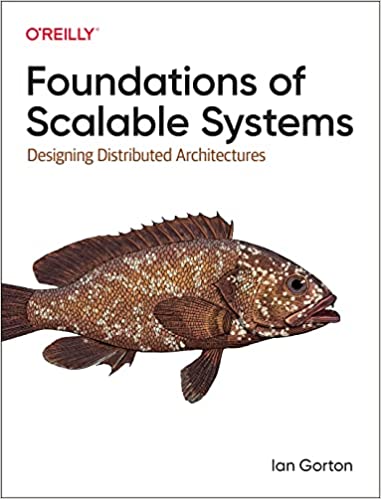What do you think?
Rate this book


337 pages, Paperback
Published August 1, 2022
TL;DR
A valuable survey of the scalability space from networks to individual systems to complex distributed architectures. It won't prepare you to build anything, but it will give you a decent grounding in the topic to build upon.